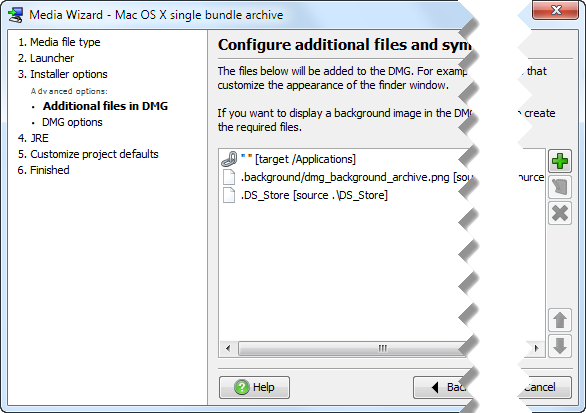
#Using install4j how to
This section explains how to perform an unattended installation with Windows.
#Using install4j windows
Performing an unattended installation with Windows The scanning machine fingerprint is sent to standard output ( stdout). -varfile allows you to specify a response file.Sys.programGroupDisabled$Boolean=true Perform an unattended scanning machine deployment using the response.varfile Install4j response file for Burp Suite Enterprise Edition 2022.5-9970 Scanning Machine If you have already deployed a scanning machine, you can just copy the existing response.varfile. install4j subdirectory of your installation directory.

This generates the response.varfile in the.
#Using install4j manual
Perform a manual installation using the same options that you want to use for your unattended installations. Generate a response.varfile for scanning machine deployment To perform an unattended installation for a scanning machine, you can simply copy a response.varfile from an existing scanning machine installation and pass it to the installer from the command line. Performing an unattended installation for scanning machines Replace with the port specified in the varfile.įollow the instructions to configure the application. To access the configuration page, visit in your browser. If you're using an external database, you also need to configure the database. Once the Enterprise server is installed, you need to create an admin user.
#Using install4j driver
Configuring a Burp Scan using the generic CI/CD driver.Configuring a site-driven scan using the generic CI/CD driver.Configuring a site-driven scan in TeamCity.Configuring a site-driven scan in Jenkins.Creating an API user for CI/CD integration.Environment network and firewall settings.Configuring site and scan data settings.Configuring default false positive settings.Adding usernames and passwords to a site.Step 5: Configure database and admin users.Step 4: Back up your data and stop your old service.Step 1: Set up a suitable Kubernetes cluster.

To use your own defaults varfile run the installer with the -varfile option and the name of the file, e.g. If you remove or add file extensions to the $StringArray, you must also remove or add the same number of launcher IDs ( "JALVIEW") to the $StringArray.
Sys.installationDir = /Users/

 0 kommentar(er)
0 kommentar(er)
